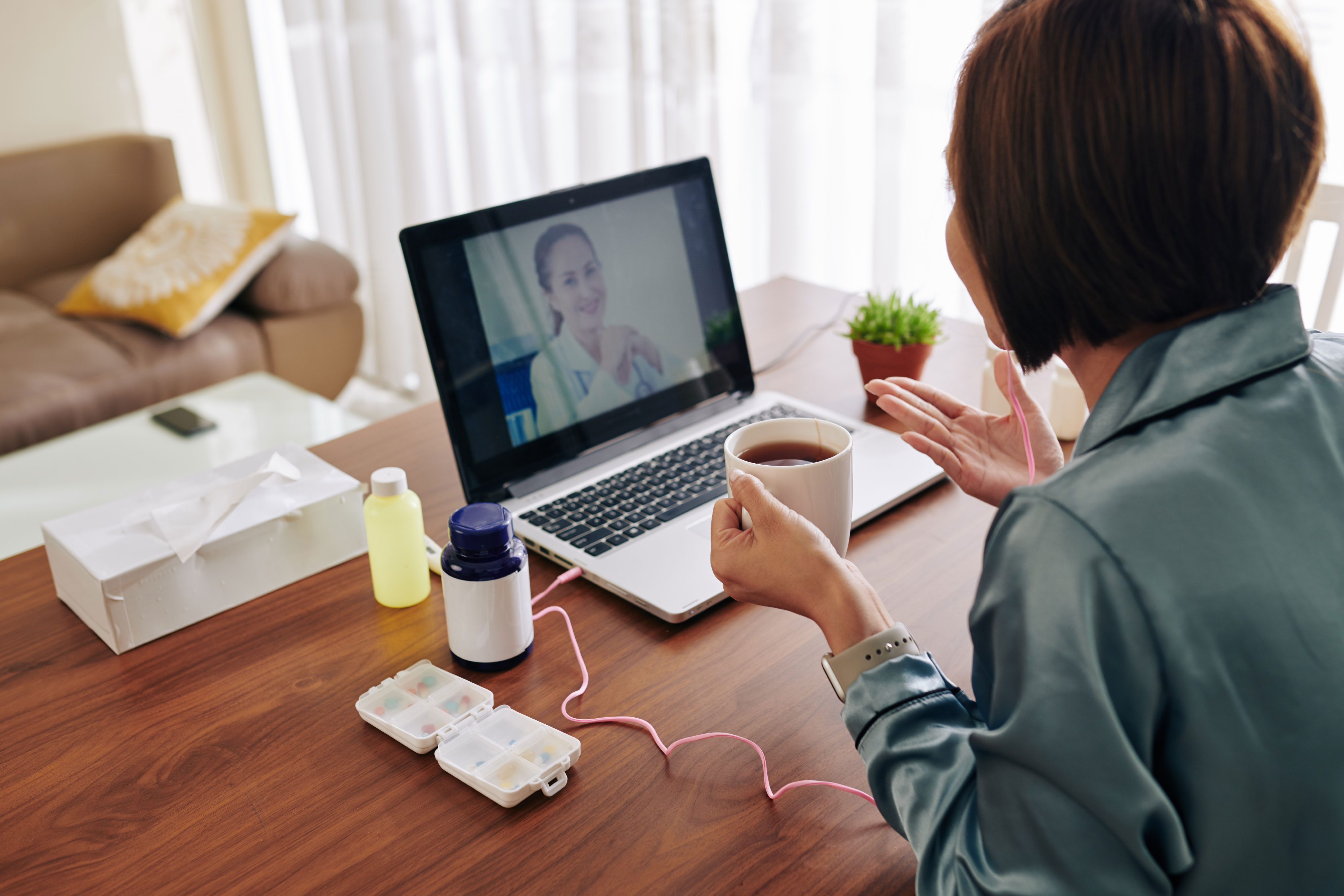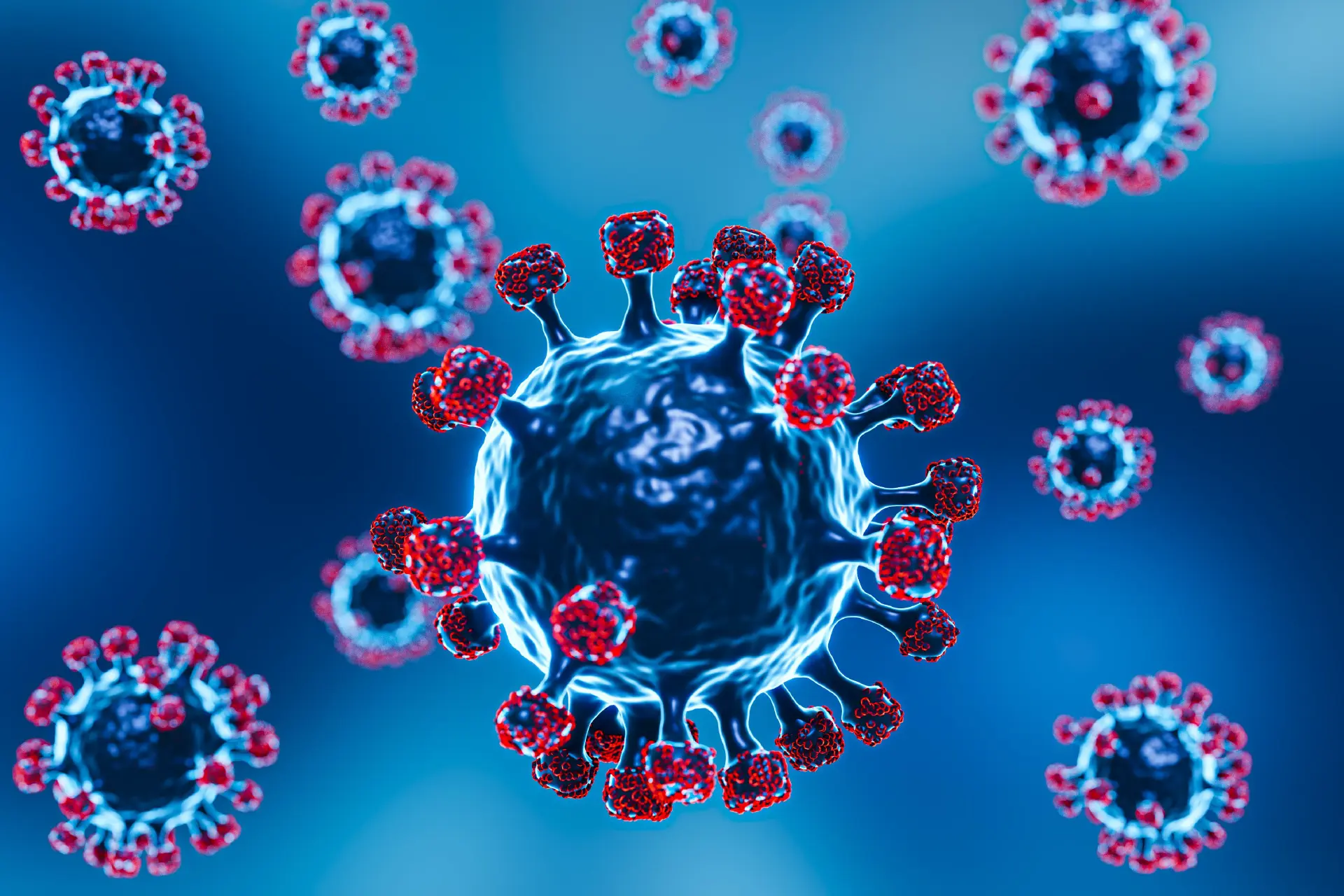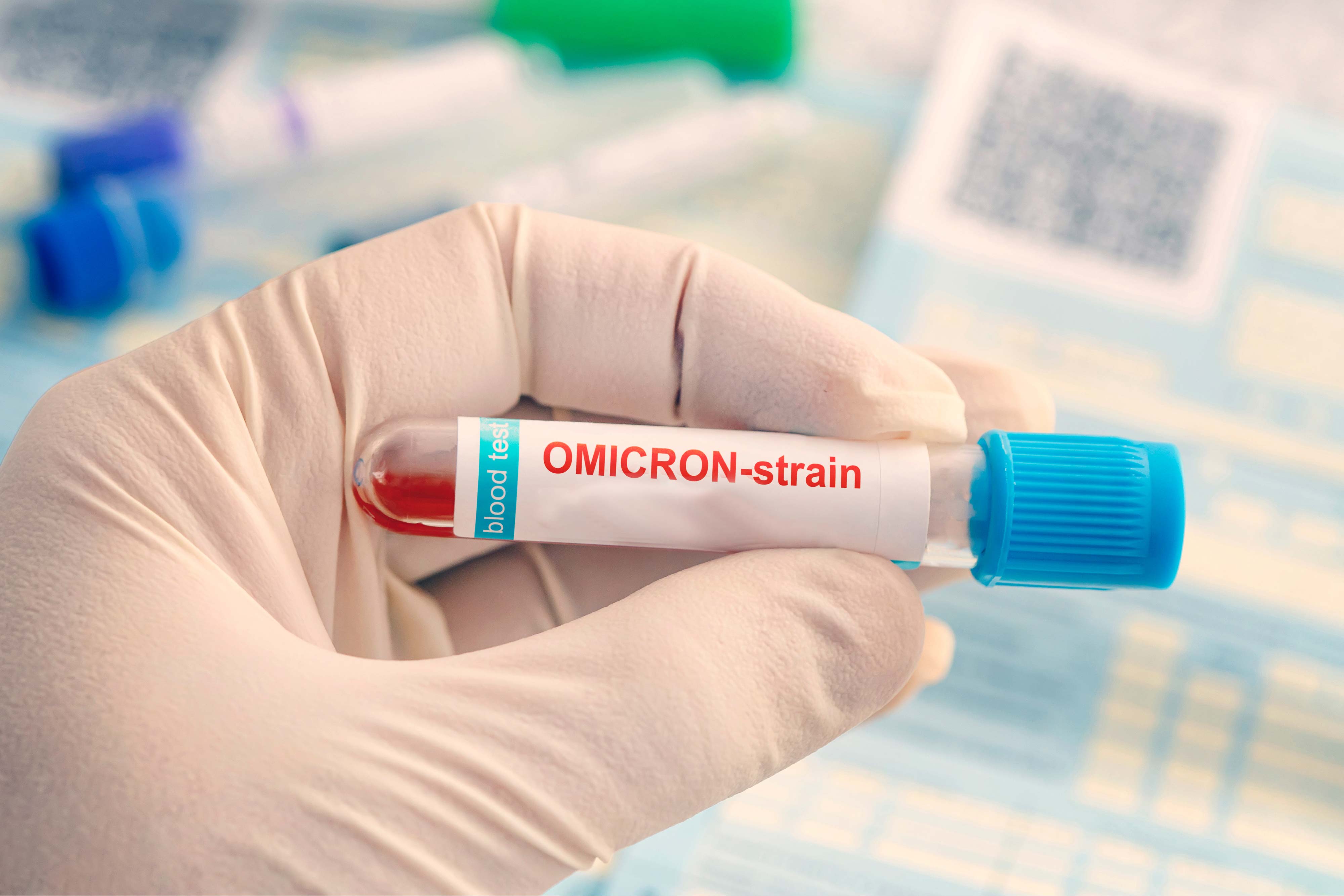Covid | 5 min read
COVID Recovery: Top Tips to Return to Normal Activities
Medically reviewed by
Table of Content
Synopsis
Certain COVID recovery symptoms indicate that you need rest. Listen to your body and with ample rest, hasten your COVID recovery. Read on to know how to make coronavirus recovery a better experience.
Key Takeaways
- Fatigue is a prominent sign of coronavirus recovery that means you need rest
- Go slow and do not exert yourself too much during the COVID recovery phase
- Follow usual exercise routine with care while your COVID recovery is ongoing
The COVID-19 virus has been observed to have a profound effect on the major organs of the body. In more than 15% of deaths recorded due to COVID, kidney or heart ailments were evident [1]. The symptoms of COVID varied across patients, but when severe, it affected organs and their functions quite harshly. Aside from the long-term coronavirus effects, the short-term effect of the virus is also very profound, known to leave you tired and unhealthy for a long period of time.
The symptoms of COVID become prominent anywhere between 2-14 days after exposure to the virus [2]. While the signs vary from mild to severe, their effects and their strain on your body may last for a while. That is why for proper COVID recovery, you need to follow a healthy regime, and over time, your body will get back to its normal fitness levels.
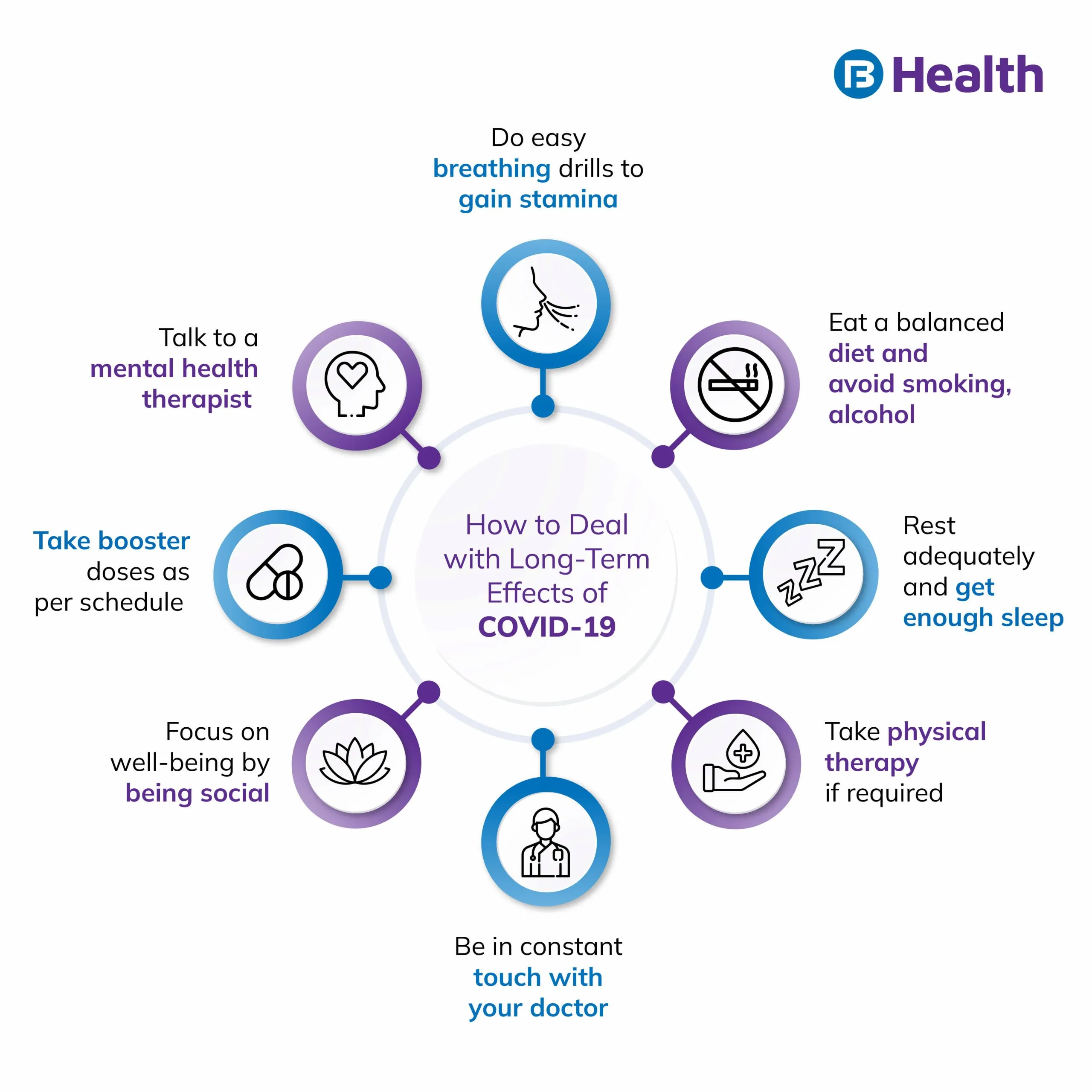
Why is COVID recovery necessary?
Coronavirus moves into your body through airways like the mouth, nose, throat, etc. Once inside the body, the virus moves across the respiratory tract, causing discomfort and giving rise to the other symptoms. Most of the time, the virus stays within your body for a month, at least, without showing any symptoms. In this incubation phase, the COVID recovery happens at a very slow pace. Common COVID recovery symptoms that take time to heal include headaches, fever, tiredness, breathing issues, dry cough, lack of clarity in thinking (also known as COVID-19 brain fog), and lack of proper smell and taste.
Considering that, trying to get back to your physical or work routine hastily may not be a good idea. Most doctors advise patients to recover completely and heal their respiratory organs before trying to push harder. This will help you gain back your strength and keep injuries at bay, which you will be prone to in case you do not recover completely. So, COVID recovery is a must as it helps to heal your vital organs.
What are the risks of starting a workout post-COVID?
Just like any other injury or illness, you also need to rest adequately when affected by COVID-19. In order to heal from within, without any long-term harm, you need to rest for a while instead of jumping back to your workout routine or beginning your normal regime. Resting and recovering patiently will also make you able to avoid the worse and keep an injury or relapse at bay.
A big risk of resuming physical activity after COVID-19 is acquiring myocarditis or the inflammation of the heart muscles. This risk was seen to be more prevalent in people who suffered long spells of COVID symptoms. The more prolonged the symptoms, the higher the chance of this inflammation. This condition gets worse and more complicated when you begin to work out in haste while recovering from COVID. That is why doctors stress on you taking your time for full COVID recovery.
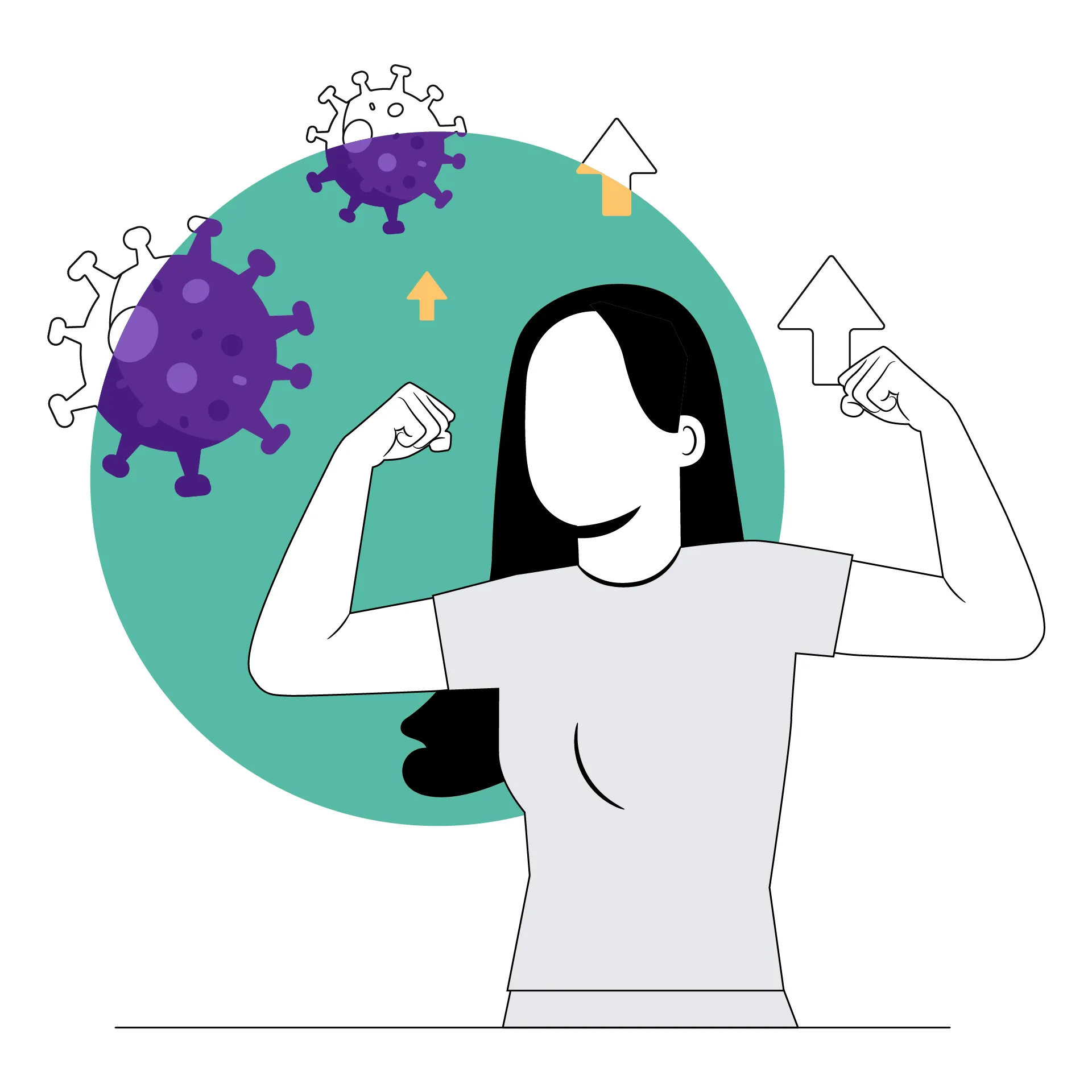
What are the recommendations to follow when getting back to the past exercise routine?
During the coronavirus recovery phase, it is always better to speak to a doctor or general physician before resuming normal physical activity. Depending on your reports and physical conditions, they will be able to advise you on what’s best.
Moreover, you should be watchful of the COVID recovery symptoms and must avoid exercise or any physical activity in case your fever is persistent or you have breathing issues, chest pain, etc. On the other hand, if you have an underlying cardiovascular or pulmonary condition, do not immediately jump the wagon and begin exercising without consulting a physician. In the case of an asymptomatic patient also, it is important to consult a doctor before going forward and resuming the normal course of physical activity or exercises.
On the other hand, if you have mild COVID symptoms and are asymptomatic for seven days, you may gradually begin physical activity during the COVID recovery phase. The only thing you must be aware of is to start the activity at 50% of your normal intensity and slowly increase it with time as you continue on your path to recovery.
Keeping the risk and impact of coronavirus in mind, if you want to seek safe COVID 19 treatment, you can quickly do so via an online doctor consultation on Bajaj Finserv Health. Simply log in to the portal or app and book an online appointment with a reputed general physician or specialist with ease. Since you don’t have to step out of your home for a video consultation, this method is both safe and convenient.
When talking to a doctor, discuss any of your issues related to recovering from the virus, such as COVID-19 brain fog, or even the right yoga poses for COVID patients to further understand what to do in case the symptoms worsen or to recover better. This platform also offers comprehensive health check-ups, lab tests, and health plans all in one place, which you can access in just a click, from anywhere at any time. So, make wellness a priority and fight coronavirus and other ailments right now with expert help!
References
- https://www.ncbi.nlm.nih.gov/pmc/articles/PMC7470660/
- https://www.cdc.gov/coronavirus/2019-ncov/symptoms-testing/symptoms.html
Disclaimer
Please note that this article is solely meant for informational purposes and Bajaj Finserv Health Limited (“BFHL”) does not shoulder any responsibility of the views/advice/information expressed/given by the writer/reviewer/originator. This article should not be considered as a substitute for any medical advice, diagnosis or treatment. Always consult with your trusted physician/qualified healthcare professional to evaluate your medical condition. The above article has been reviewed by a qualified doctor and BFHL is not responsible for any damages for any information or services provided by any third party.
